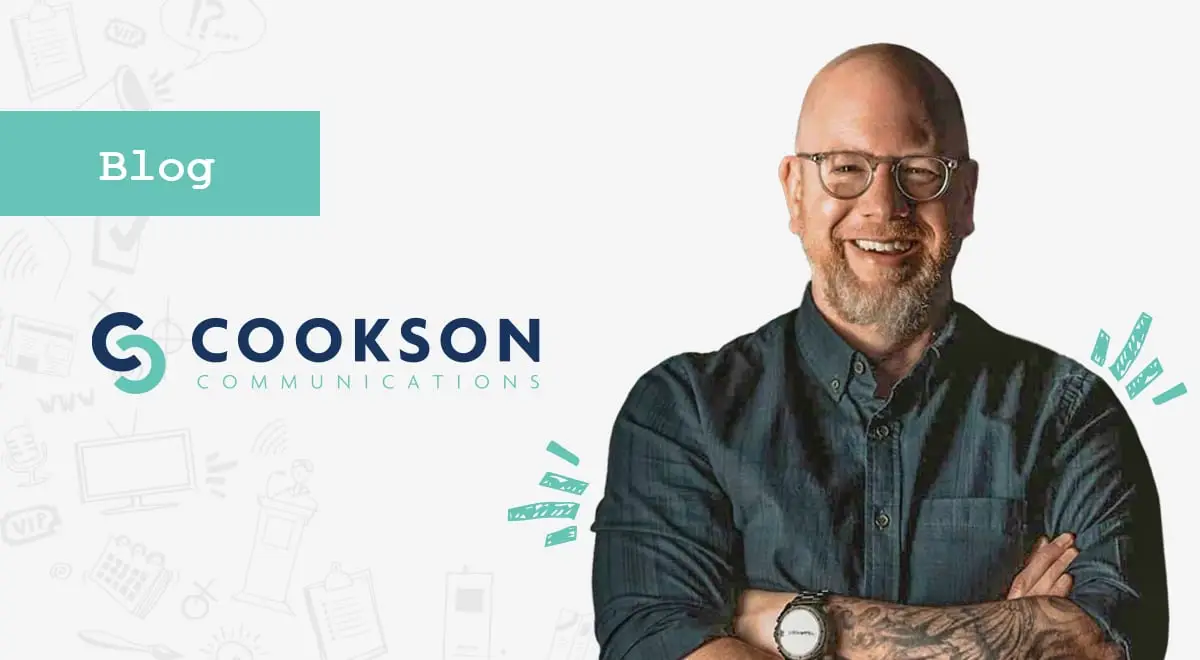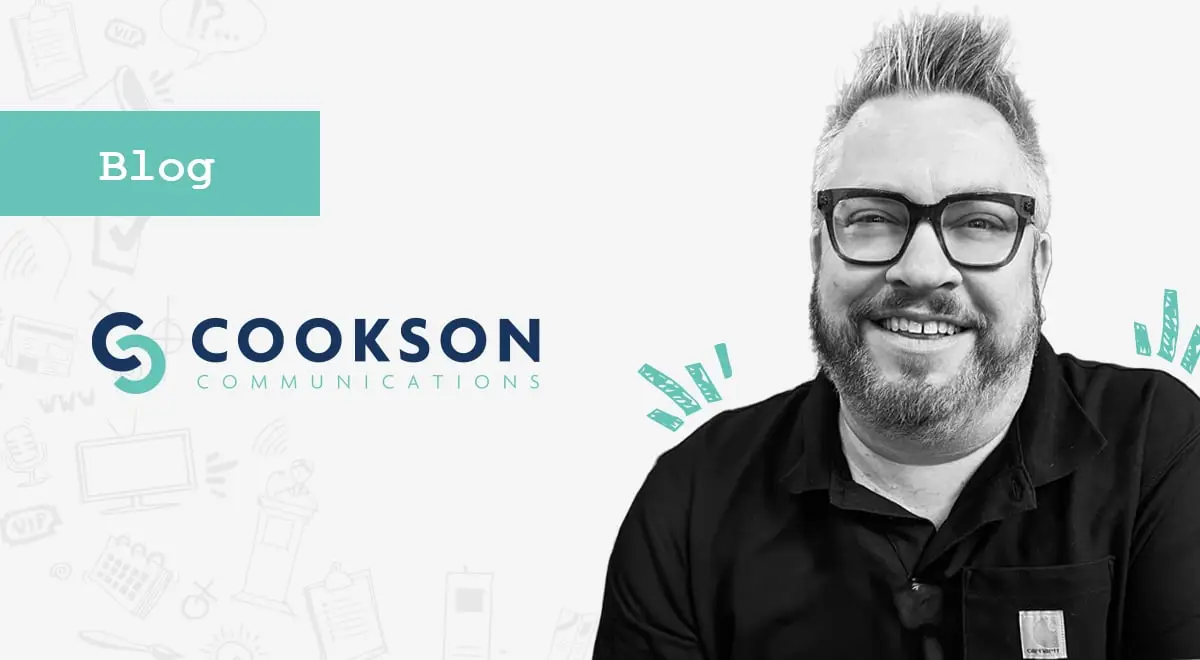The team at Cookson Communications is used to adjusting and pivoting. Moving press conferences onto Zoom is just one way we’ve had to do that. Here are tips for a successful virtual press conference from our director of communications and client engagement, Kristen Lestock, originally seen in NH Business Review.
Like everything else in life and in the world, the challenges over the last year have had a big impact on how we communicate, the media landscape and public relations efforts.
Gone are the days of the dog and pony show with lavish in-person press conferences and large media contingents. Gone are the days of media bullpens where microphones and reporters are jammed together. And for many, gone are the days of reporters traveling distances to cover stories.
The challenges of a shrinking and shifting media pool have created difficulties with event coverage and reporting for some time now. These days, reporters are filing more stories while rarely leaving their desks or home offices so they can focus on meeting their numerous deadlines. While this has been challenging, it has also created new opportunities.
The digital age has opened doors for public relations professionals to create content that is multi-purposeful and shareable. It can help reporters who are juggling multiple stories every day and need more instantaneous access to content. It has also opened doors for virtual media events and press conferences that inherently are more accessible and efficient from a time-management standpoint.
Here at Cookson Communications, we have been using Zoom for many years and have become more creative in its applications as it moved into ubiquity in the spring of 2020. One application is using it as a platform for a virtual press conference. The decision to go this route makes a lot of sense. Virtual makes it convenient for coverage – no traveling for reporters and with more limited staff these days, reporters, producers and editors can join in from the comforts of anywhere.
There is no traveling for speakers and no one has to worry about being at a “safe” distance since we are all alone at our computers yet together like the Brady Bunch Effect tiled across the screen. While normalcy and in-person activities are beginning to return, we believe this model has some stickiness to it. However, it’s not as simple as it sounds.
Here are some tips for helping run a successful virtual press conference:
-
Testing, testing, testing
As every seasoned public relations professional knows, press conference walk-throughs are vital for a smooth event. Doing it virtually is no different. Be sure to test your equipment including audio and video a day or two in advance. Technology can be finicky so give yourself time to work out any hiccups.
-
Bandwidth
Your speakers and participants need to be in a location that will support video over a sustained period. If other families decide to hop onto YouTube during the presentation, will that degrade your video? Also, we all appreciate the pet and baby interludes, but that should typically be avoided in a professional press conference setting.
-
It’s all about the visuals
Always think about your backdrop. While digital graphics can be used for speakers, a traditional banner or pop-up provides a cleaner look without the “cherub look” or angel glow whiteness around your speaker. As with any backdrop design – printed or digital – be sure to consider your sizing to ensure proper placement of your logo on screen. Additionally, break up speakers with visuals – slides or photos – so viewers are not constantly looking at talking heads.
-
Think about the extras
As with any good communications plan, a press release with photos, videos and one-on-one interview opportunities are crucial to the success of a story. This allows reporters to flesh out the story and have access to additional content so they can focus on what their readership is looking for. Be sure to consider what you can offer during the press conference or that can be pre-packaged to send out afterward. Taking a photo before or after with the speakers and attaching it is preferred as it will look better in print or online. If a photograph is not provided, media will likely take a screenshot from the event to use which may not be the best look.
-
Don’t forget to hit “record”
Make sure you record the announcement. This allows it to be posted on YouTube for more organic content and more views. Those media members who could not make it can still watch it and get all the details as if they were there live while also clipping audio and video to use for their story. The quality is good enough for radio and television broadcasts.
While the decision for us to go virtual for these types of events has been based on the current climate, this is a communication opportunity that is likely here to stay. Thankfully, the world is on its way back to some form of new normal with the ability for face-to-face interviews and events once again part of the regular routine.
For organizations and their communications teams, virtual conferences can be an efficient and effective communications tool to consider. But, be cautioned, don’t think “convenience guarantees coverage” because traditional media relations is still crucial to the success of getting the word out and for news placements.
While everything has changed recently, nothing has changed at the same time and the battle for coverage will always exist and be impacted by substance and access. As communicators, we can use these tools to share a lot of content and increase real-time access to speakers to help the media manage their hectic schedules and go about the craft of creating content for their readership.







